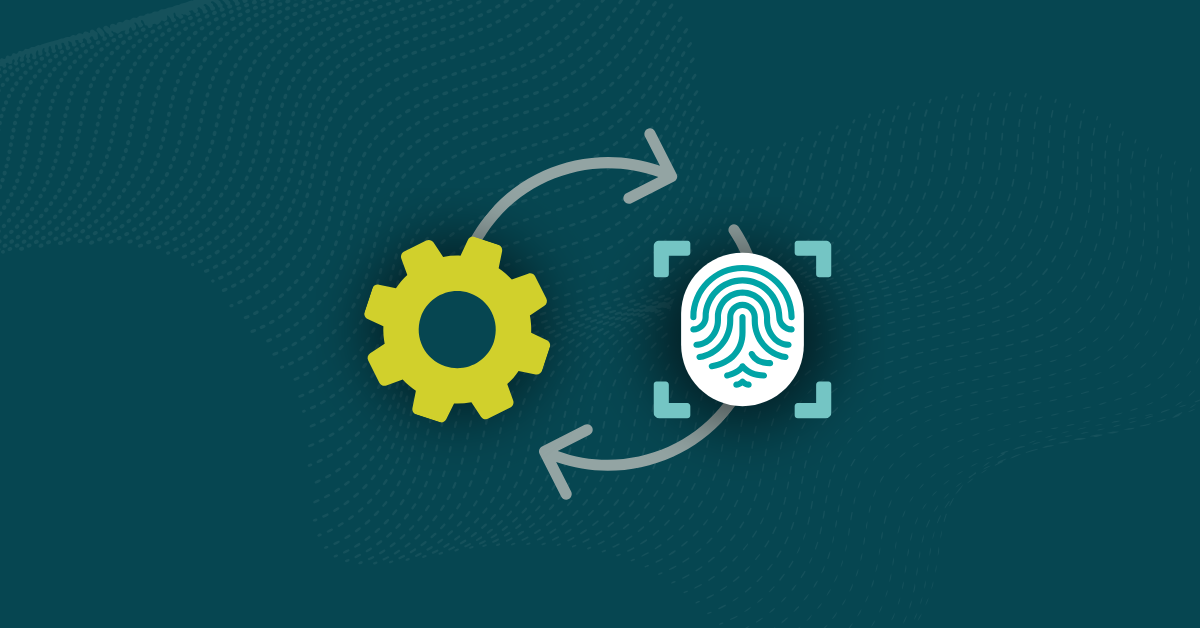

With malicious actors becoming increasingly sophisticated, developers must stay one step ahead in protecting their applications from security threats. However, it can be challenging to rely solely on humans to detect problematic areas during the code review process, especially with proprietary code.
This is where static application security testing (SAST) becomes invaluable. Discover why it’s essential to use SAST testing tools throughout the code review process and how it can help you make stronger, more secure applications.
As a primary form of white-box testing, SAST utilizes a customized framework based on security best practices to help developers identify vulnerable code, even before the application is ready to run. With proper setup, the right SAST tool can automatically detect even minor security risks and help your team remediate them before they become problems.
SAST tools like Kiuwan are designed to scan for security flaws in your application’s source code, even while your developers are still writing it. This allows your application to have a secure foundation even in the earliest stages of the development process.
If you have to choose only one point to utilize your SAST tools during the software development lifecycle (SDLC), it should be during the code review process. This allows your developers, testers, and white-hat security experts you’re working with to identify.
One of the most significant benefits of using SAST tools during code review is that they allow you to identify potential vulnerabilities without running the application or executing any code. You can also run it at multiple points during the QA and code review processes, allowing you to easily identify areas that malicious actors could exploit before they become security concerns.
Developers can use SAST at any point before taking the application live, including during final pre-deployment checks. While we always recommend using them throughout the development process, utilizing SAST solutions before release enables you to identify and resolve any critical vulnerabilities before launch.
This can potentially help reduce the amount of crunch time your team needs and make it easier for them to catch dangerous mistakes before your app is released for broader use.
As mentioned, SAST tools can be helpful throughout the development process. However, there are several benefits to using them during the code review and QA processes in particular.
It’s no secret that developing quality code in-house is challenging for developers. However, using SAST tools during the code review process allows them to start strong and minimize any vulnerabilities from the moment they begin writing code. With robust SAST tools like those from Kiuwan, developers can establish a strong foundation early in the development process.
Custom-built code requires custom-built security tests. While building custom testing parameters may seem out of scope for all the best-funded teams of developers, SAST tools offer full customization based on your coding practices by design.
Developers can use SAST tools to configure the criticality level of their applications and simulate scenarios based on the effort required to improve them. SAST tools can also make it easy to create their own rules to ensure the code is watertight.
Alongside using SCA for open-source components in your products, SAST is crucial for enhancing your application’s security and safeguarding user data. A good SAST testing tool can help you protect your product against:
Even more, Kiuwan’s SAST tools provide action plans to identify issues based on your defined rule set so you can minimize your product’s attack surface area. They enable you to establish milestones and create a clear timeline for remediation, allowing you to produce rock-solid code and prioritize software security in every app you develop.
Even more, SAST security testing tools allow you to identify the location of the vulnerable code, along with the data flow with which it’s associated. This makes it easier not only to see every potential issue the faulty code can cause but also to remediate each one before deployment.
While other AppSec tests, like dynamic application security testing (DAST), require you to build a test case or otherwise have the program running to complete it correctly, SAST doesn’t require any of that.
Instead, SAST enables you to work in a static environment. Your team can execute tests on individual lines of code, even in the earliest development stages, without using a test case or executing the app. Ultimately, this means your team can move faster and correct faulty code long before it is deployed.
Software testers who have had to conduct manual tests of their own code know just how tedious it can be. Even more, you’re more likely to miss critical errors for your app’s security when you’re looking at the same lines of code over and over after reviewing it multiple times already.
Kiuwan’s SAST tools allow developers to automate some of the most tedious parts of the QA process.
In addition to being compatible with dozens of programming languages, SAST tools can detect a host of issues with your proprietary code, including:
Furthermore, SAST tools like Kiuwan offer seamless integration with the most commonly used development tools, making it easier to implement SAST testing into your workflows.
Companies lose millions of dollars to data breaches every year, many of which result from hackers exploiting vulnerabilities in source code. Even just a few lines of vulnerable code can have disastrous consequences, compromising your clients’ identities and incurring millions in remediation costs.
Enabling your developer team to use robust SAST tools benefits your entire organization. This is because, aside from protecting your applications from security threats, it also protects your organization’s reputation, as well as that of your clients. In short, SAST tools enable your business to continue growing while minimizing setbacks.
Want to see for yourself how easy it is to implement static application security testing during your team’s code review process? All it takes is the right tools. Request a free demo and make your code secure today.


